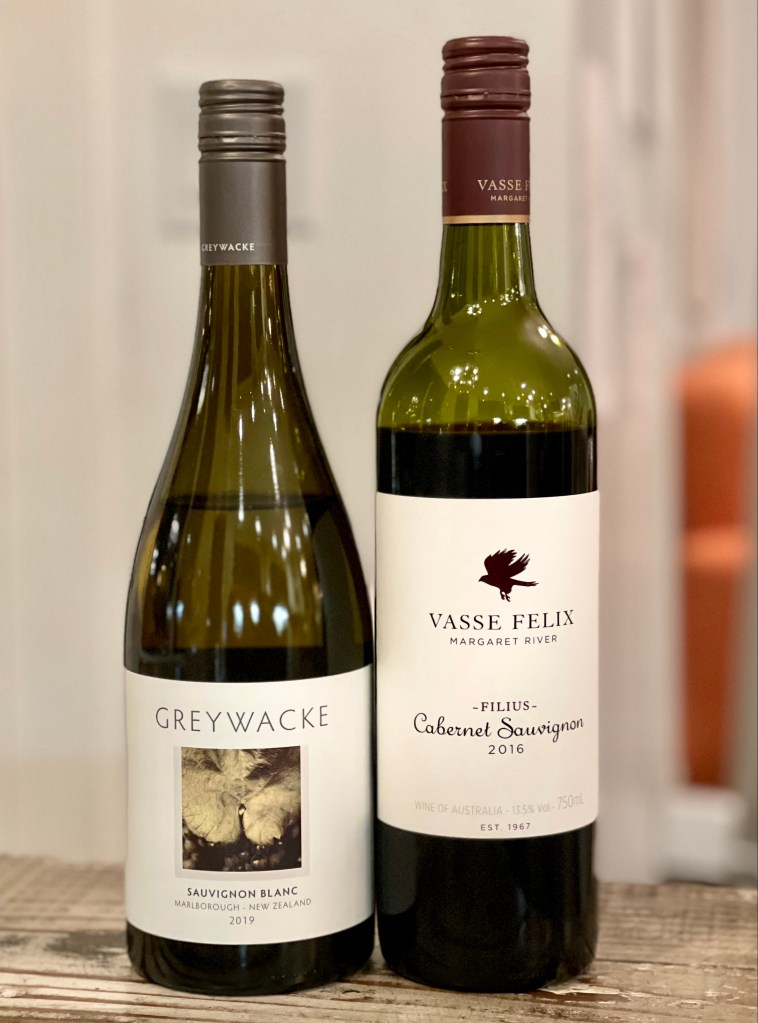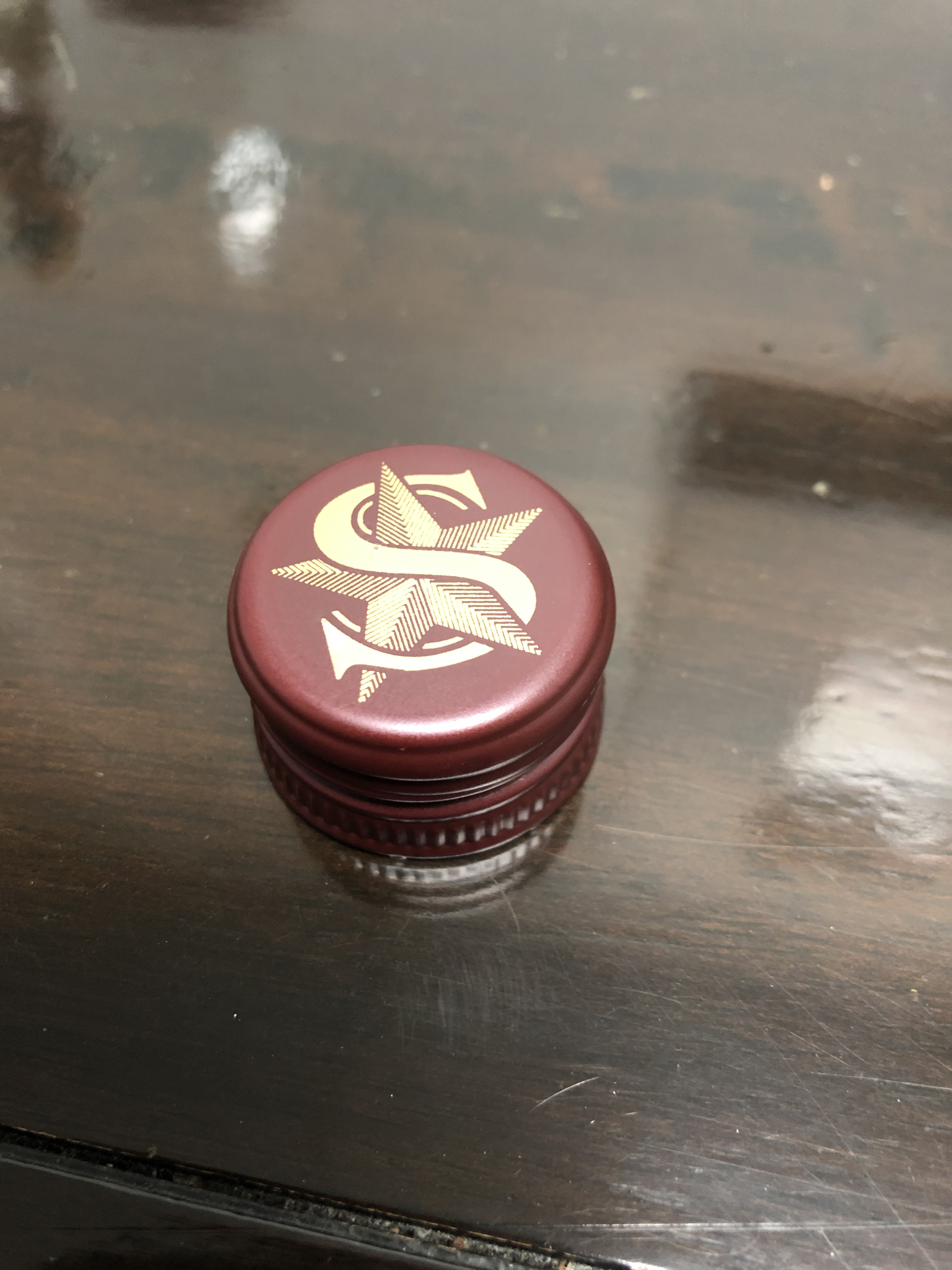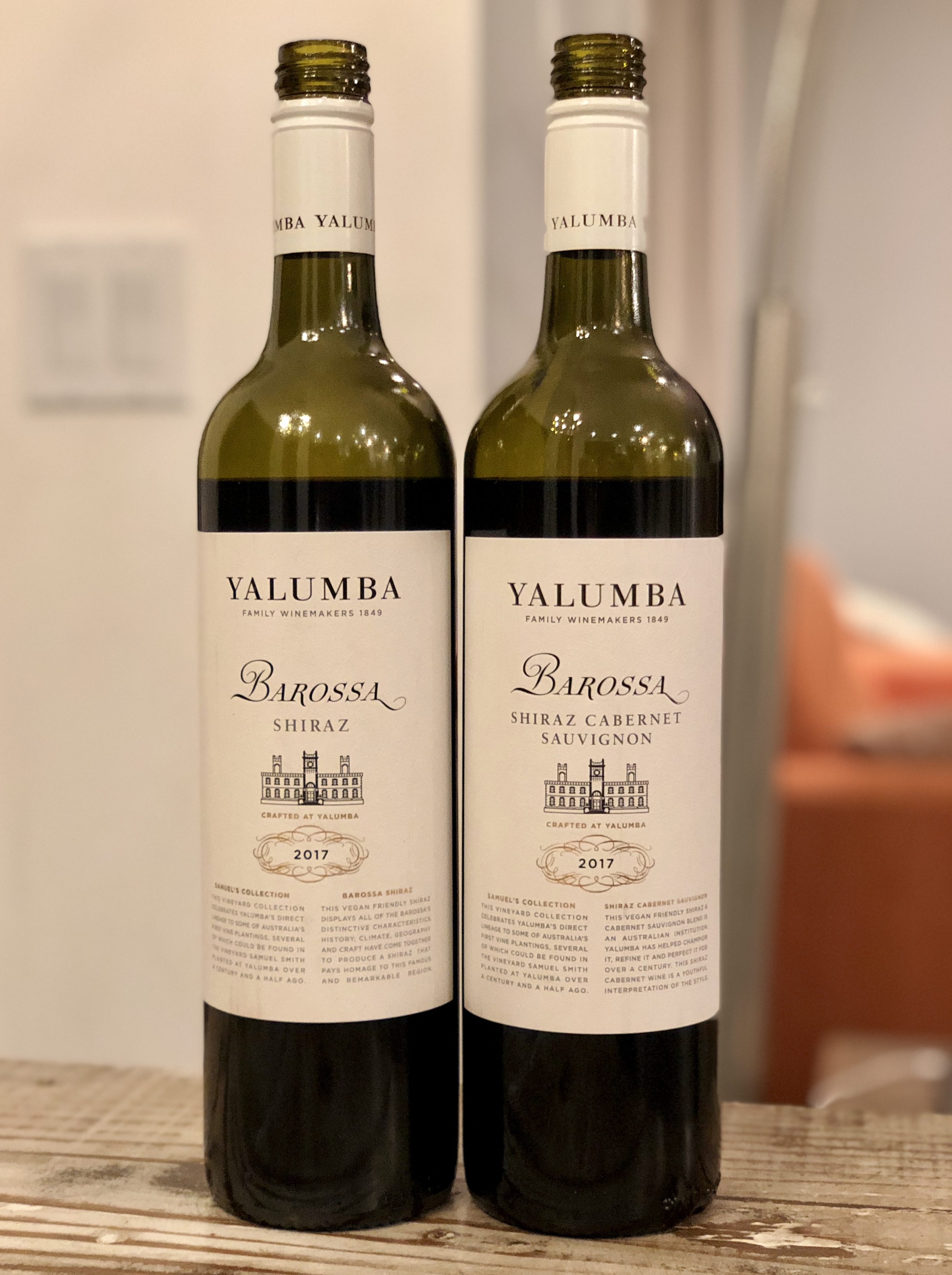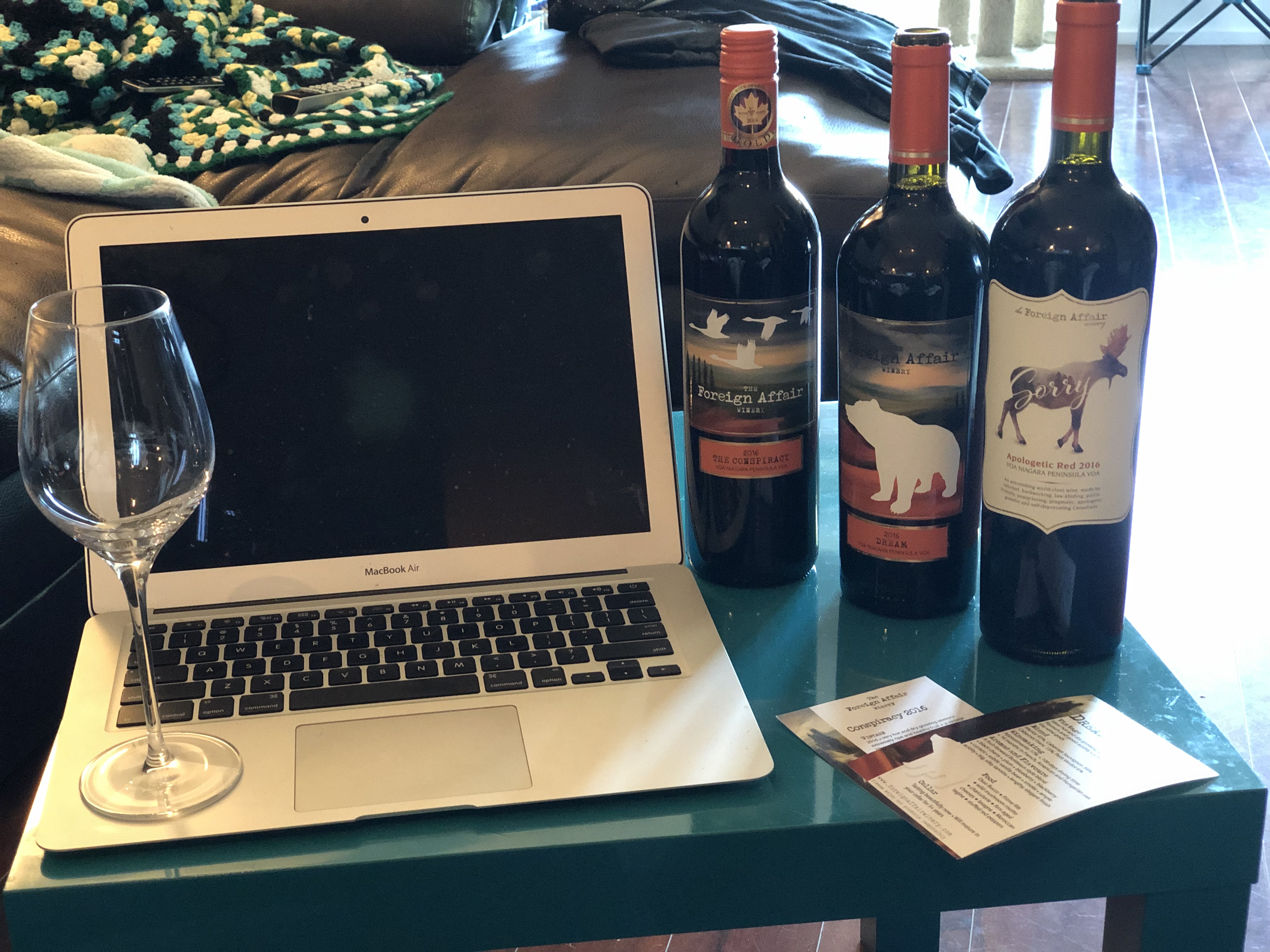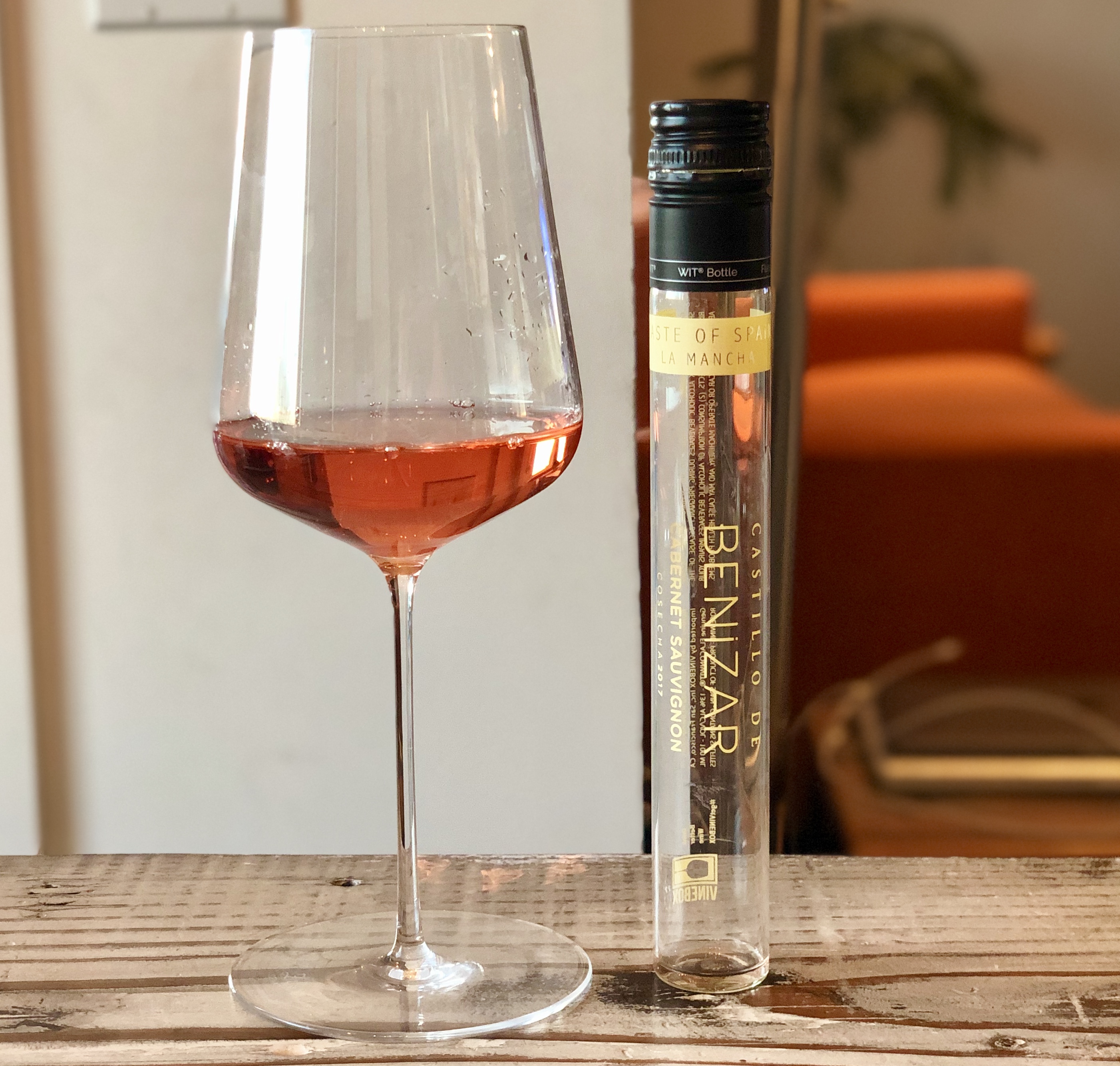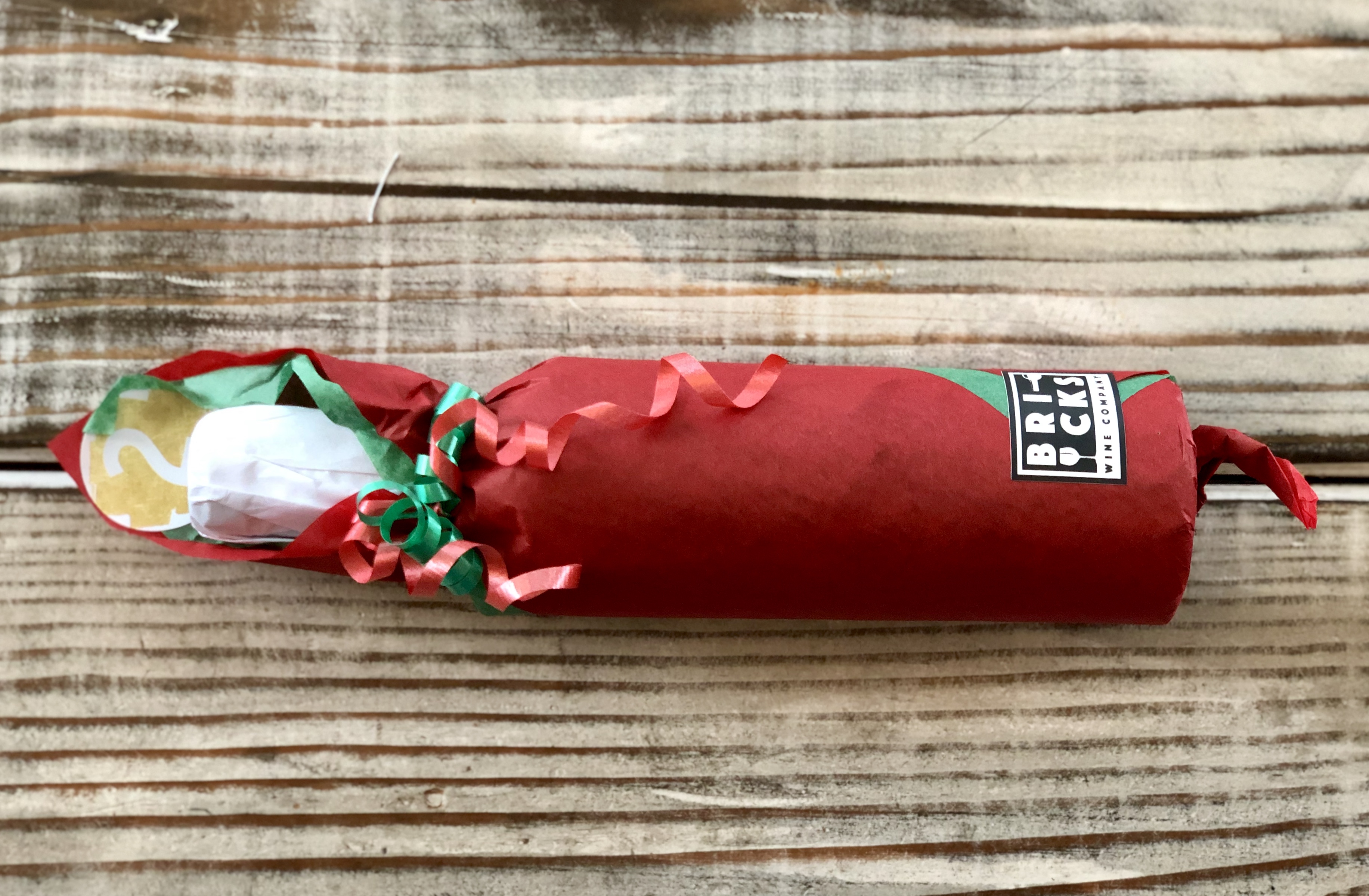By Raymond Lamontagne
[These bottles were provided as samples for review purposes.]
Although Drink Chenin Day is now in the rearview mirror for this year, our South African wine feature is but half complete. There is one more Chenin in the mix, but here South African cool climate “up and comer” Sauvignon Blanc gets its just due, along with a few classic red varietals and at least one oddball (if one can ever truly refer to the unobjectionable-to-a-fault Pinot Grigio as “odd”…I feel this grape might merit the designation in South Africa due to a relative lack of historical presence in the region, but I digress). As South African wine expert Tim James notes in his erudite treatment of the region’s history, various problems such as ongoing racially informed inequalities, a floundering economy, and viticultural hazards such as leafroll virus may “dim the brightness of the new world of South African wine, but do not obscure it”. When Apartheid finally came crashing down in 1994, the South African wine business almost immediately made rapid improvements as the international market opened up, and South African winemakers responded with a game of catch-up that has led to some intriguing results. South Africa morphed from a region notorious for overproduction of decidedly mediocre wines to one capable of showing the legitimate wine-growing potential of the land and climate through the lens of various international grape varieties, along with one (in)famous native cross, Pinotage. In short, South Africa did finally catch the terroir bug. Although this failed to spread quite as rapidly as the aforementioned vine virus, we now live in a world of South African wine where a farmer might sell his old vine Chenin Blanc grapes to a small-scale boutique producer who honours the health of the land just much as said farmer might, as opposed to a mammoth co-operative that ultimately consigns this vinous gold to an anonymously dilute identity death amongst the hoi polloi in a huge vat (a little more on huge vats later).

My personal journey with the wines of South Africa began quite early into my obsession with this greatest of beverages, as I found myself immediately taken with the oft-repeated trope that South Africa naturally bridges the gap between the finessed restraint of the classic European wine regions and the opulent fruity hedonism of the New World. Far be it for me to either gainsay or corroborate what real experts have to say on this matter, but my own experience broadly affirms this notion. If the grapes are not excessively ripe, many Cape wines (particularly whites) display a fine acid structure and even a fresh minerality that cleaves nicely with Old World sensibilities, yet there is also a concurrent sun-kissed tropical vibe that you probably won’t mistake for Chablis…such wines are not austere. I also not infrequently get a distinctive herbal earthiness, for a lack of a better general descriptor, particularly in the reds. I am intrinsically drawn toward such stylistic middle grounds, because there are multiple layers on which to focus, and such wines can surprise when one is able to simultaneously experience elements that initially seem discordant (like, say, a fresh stony minerality that co-occurs with bright fruit). One has to be careful not to get too carried away, though. The present spread of wines range in price point from around $9 to almost $30. This is a set that will capture Cape wine in a much broader sense than a wine nerd like me might typically seek to experience. A further word or two on that if I may, which will explain the rather quaint title of this post.
Read the rest of this entry »



